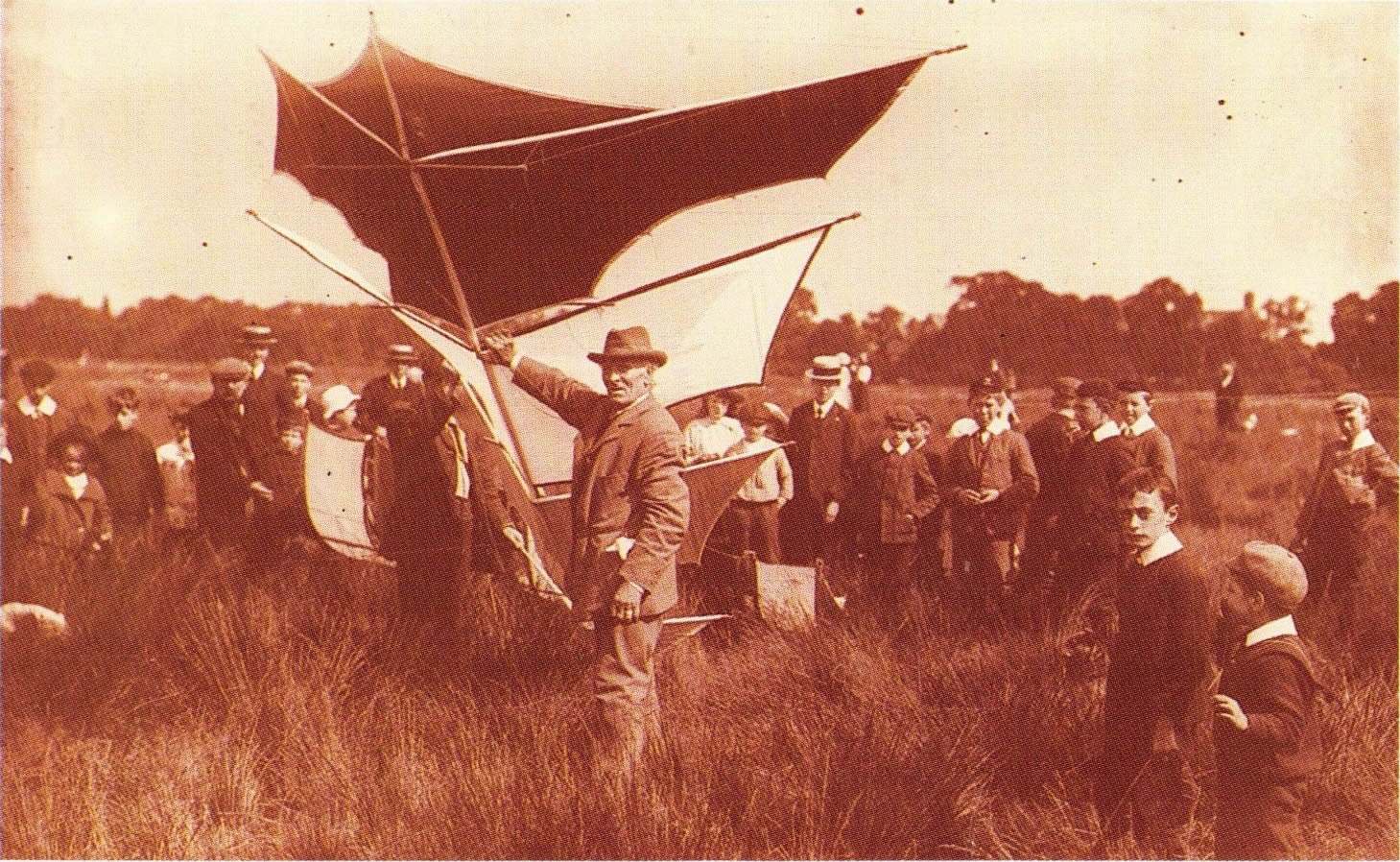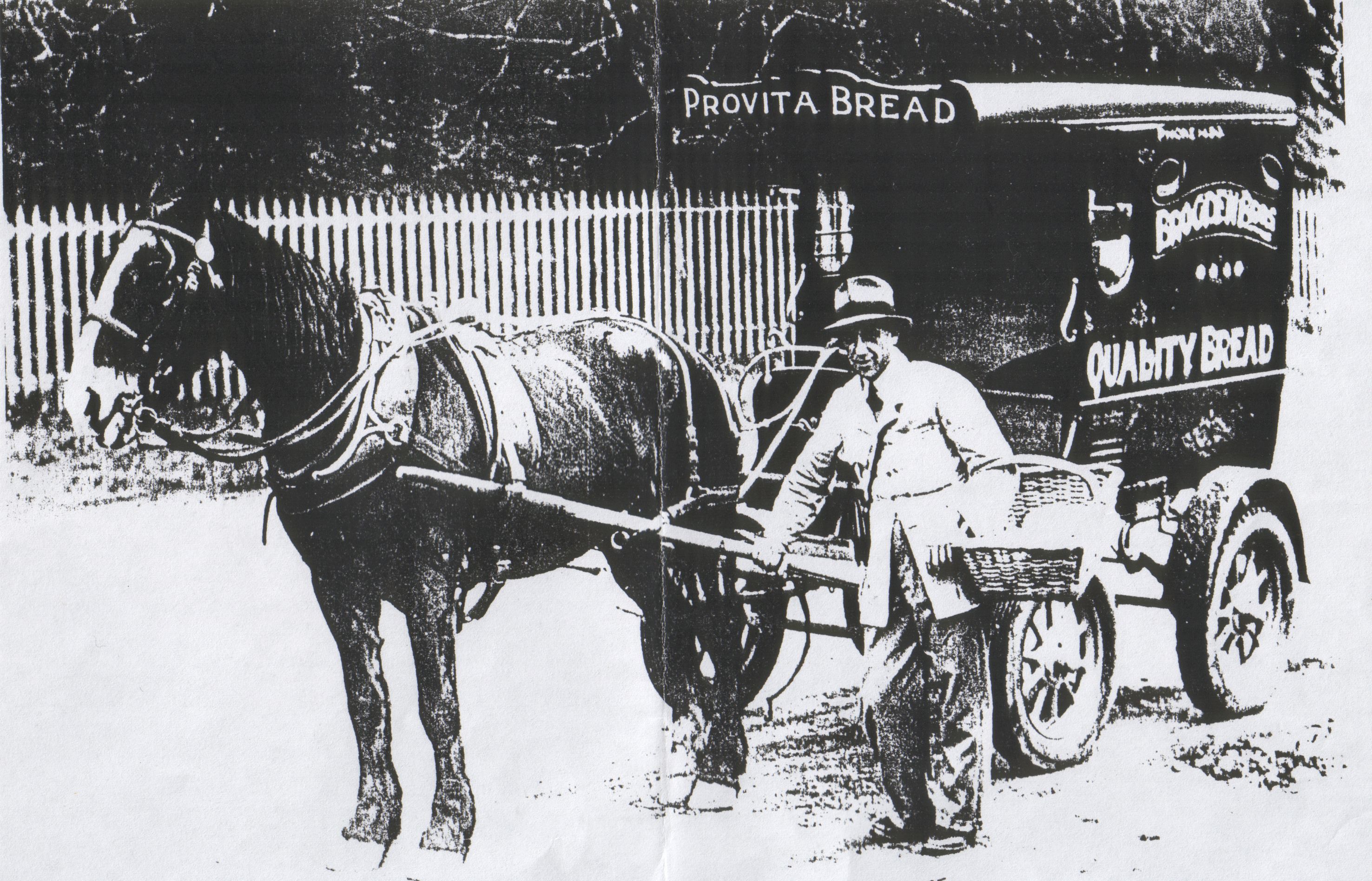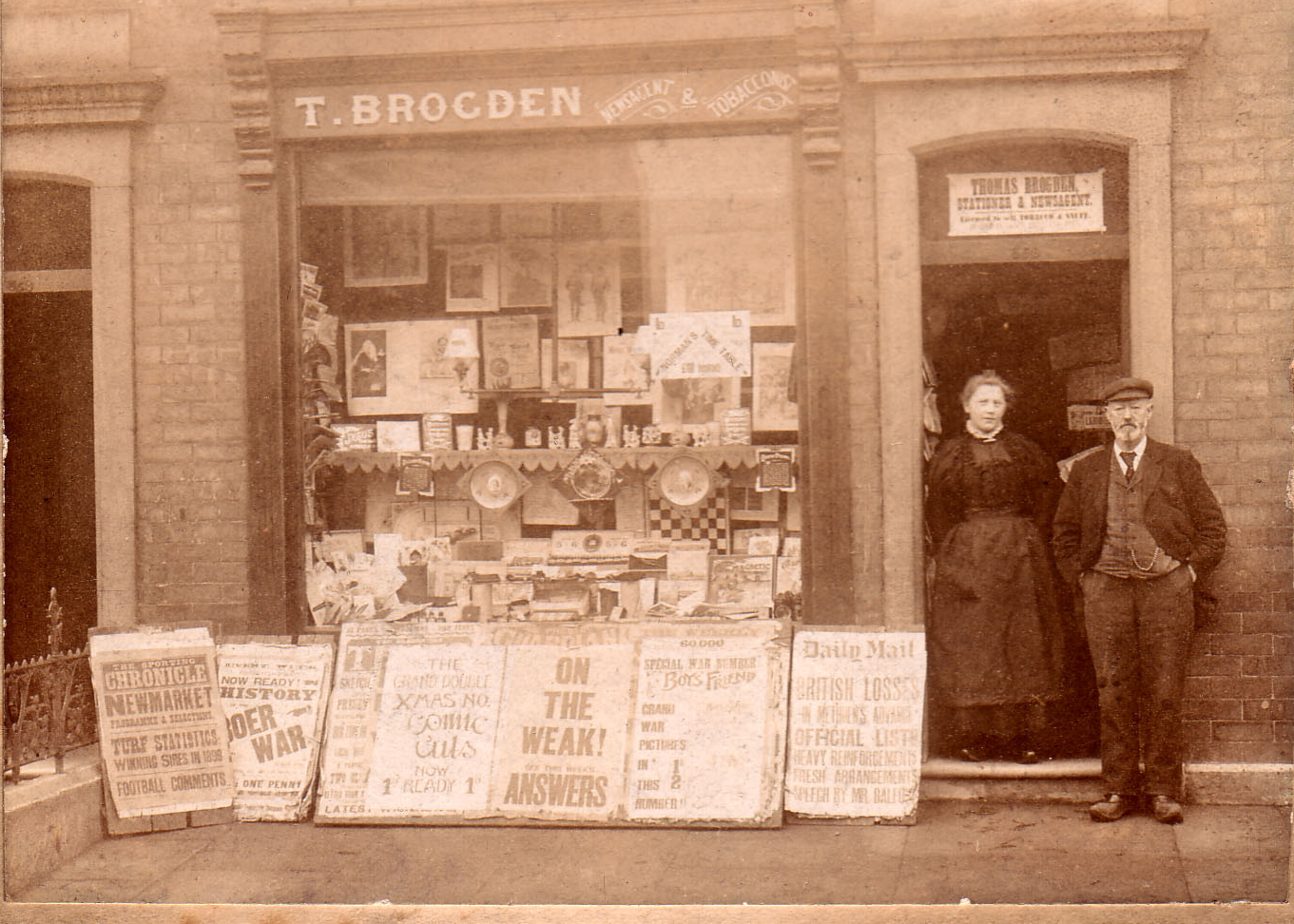Kites
The search engine Google produces a lot of references to Brogden kites. Perhaps this is a type of kite rather than a manufacturer. It seems to be rather elaborate and interesting ...
Coal
John Brogden and Sons (see Iron above and articles elsewhere on this website) produced coal from their mines in South Wales in the later 1800s.
This was exported world-wide from their own docks at Porthcawl until cheaper imports led to the collapse of their enterprises.
Bread
George and John Brogden were bakers in Ballarat, Australia from 1921 to about 1970, delivering with a horse-drawn cart. (Info from Pam and Neil Brogden).
Beer
A brewer in New Jersey, USA, produces "Brogden Meadow Pale Ale." (See Google)
Trade with Russia
James Brogden started this trading company which on his retirement was run by his nephew John from Leadenhall Street, London from 1757 - 1793.
John's son, also called James, appears to have left the running of the company to his partner whilst he pursued other interests as an MP (see article on this website),
farmer in Wales and investor in New Zealand, Australia and India. James died in 1842. More research is needed into the activities of this company.
A fascinating article has been discovered which quotes extensively from letters to his father and sister, written by James during a visit to Russia in 1787/8.
This visit was intended to enable James to learn about Russia and trade with that country, in preparation for him joining the company.
(See James Brogden in Russia)
Newsagents
Several Brogdens have run newsagents. One is known in Porthcawl; the details need investigating.
Thomas Brogden (born 1840) had a newsagent's shop near Ewood Park football ground in Blackburn. (Photo)
Updated: 27/04/2015

Brogden Dihedral Kite

George and John Brogden Bakers, Australia

Thomas Brogden Stationer and Newsagent